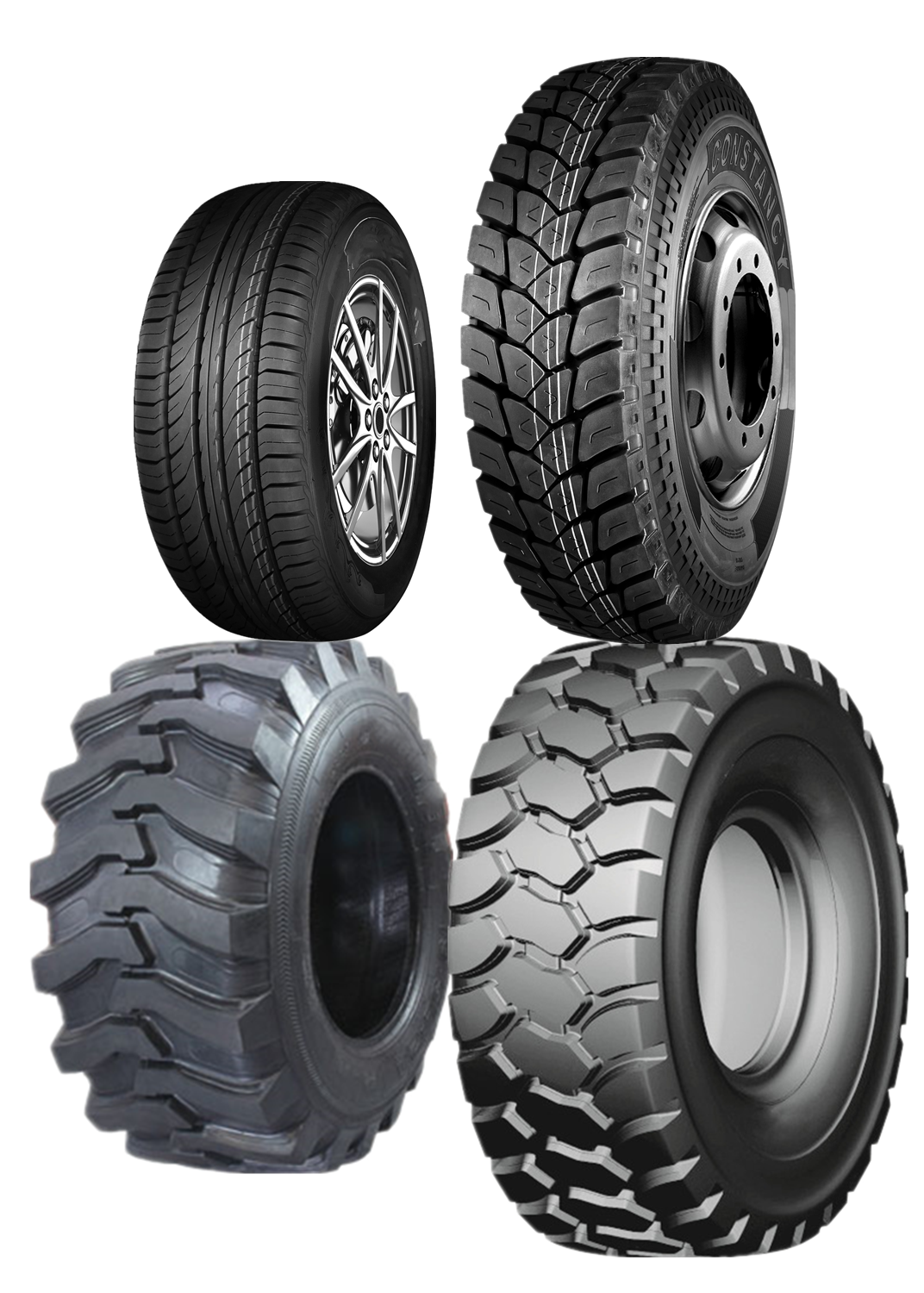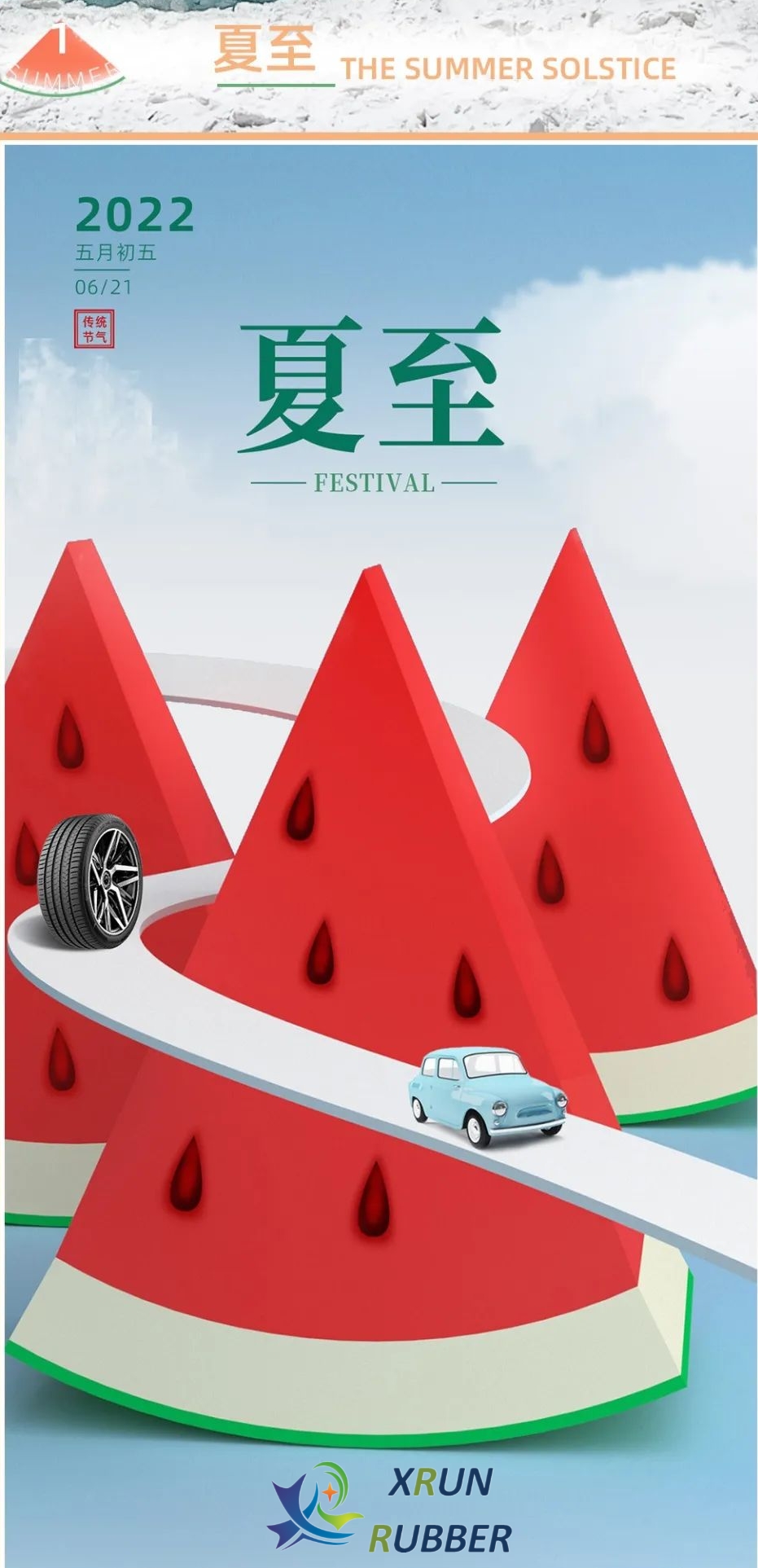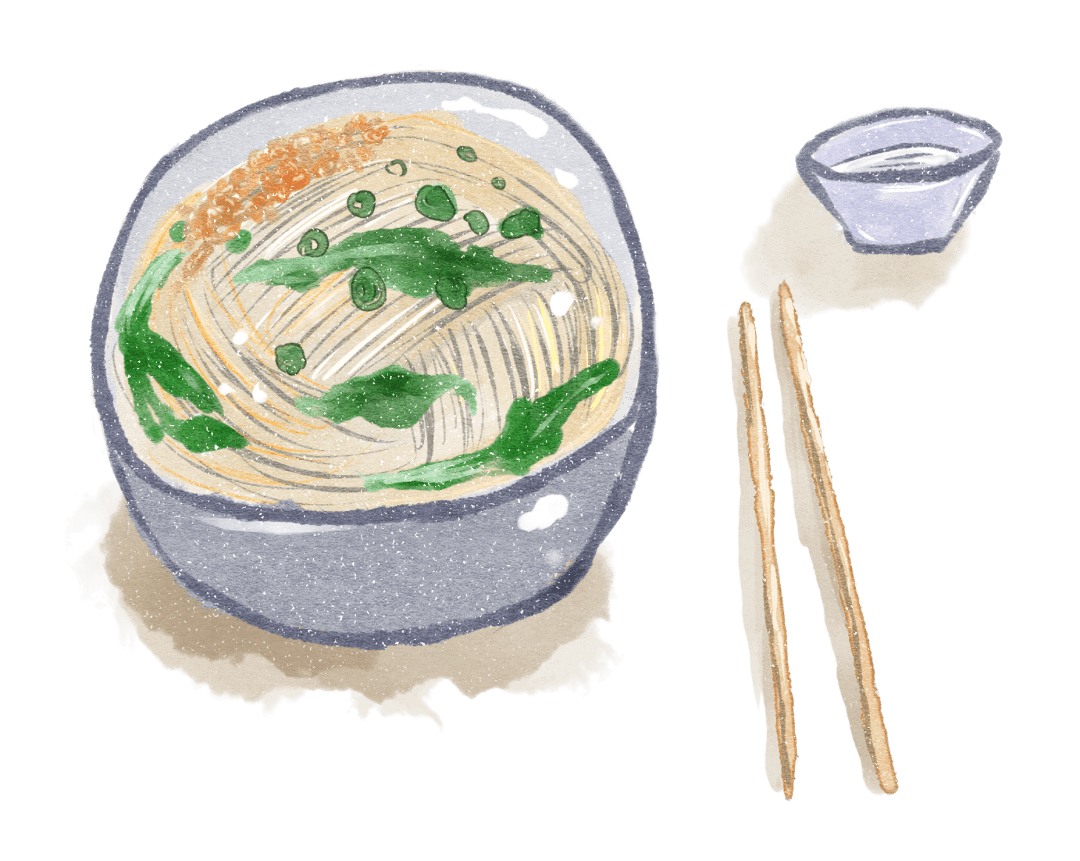-
Telephone:0086-15165287719Telephone:0086-18653241908
-
wechat:aiy812476091
-
-
Email:info@xrunrubber.com



“夏至”是中国传统二十四节气(the 24 traditional Chinese solar terms)中的第十个节气,英文是Summer Solstice。夏至,古时又称“夏节”、“夏至节”。古人说:“日长之至,日影短至,至者,极也,故曰夏至”。
夏至这天,太阳直射北回归线,北半球各地白昼时间达全年最长。

At this time, much of the northern hemisphere receives the most hours of daylight, but it does not bring the hottest temperatures which will come only 20 to 30 days later.
在此期间,北半球绝大多数地方接受着最长的日照,但最严酷的高温在20至30天后才会出现。
二
夏至相关表达
“Summer Solstice” comes on June 21 to June 22 each year when the sun altitude arrive the highest in north. This day has the longest day time of the year in the Northern Hemisphere and the sunshine in many cities in south China may last fourteen hours per day.After this day, the spot of the direct sunlight gradually moves southward.
"夏至”在每年6月21日-6月22日到来,这时候太阳直射点位于北半球最高点。这天北半球白昼时间达到一年最长,在中国南部地区的日照时长能达到14小时。夏至以后,太阳直射点逐渐向南移动。

和其他节气一样,夏至也分为三候,指的是中国古代动植物发生的变化。《夏至》的三候是:一候鹿角解;二候蝉始鸣;三候半夏生。这些现象与夏至期间的湿热气候密切相关。
Like other solar terms, Xiazhi is also divided into three pentads, which refers to the changes happened in animals and plants according to ancient Chinese people. The three pentads in Xiazhi are: the antlers of deer will begin to fall; the singing of cicada can be heard frequently; and a type of Chinese herb medicine called Banxia (crow-dipper) will thrive. These phenomena are strongly related to the hot and humid climate during the Xiazhi.
四
夏至风俗习惯
— 举行祭祀—
芒种在农历五月间,春日的百花禁不住日渐猛烈的农人将四季和每个季节的开始与结束统称为四时八节。夏至最长的日照时间使得古人们相信这天的阳气最盛,因而夏至在二十四节气中拥有十分重要的地位。
Chinese farmers refer to the four seasons and the beginning and end of each season collectively as “si shi ba jie”(literally, four seasons and eight solar terms). The Summer Solstice is the day with the most daylight hours throughout the year and was considered by the ancient Chinese to be the day with the strongest Yang energy.It has become one of the most important solar terms.
自古以来就有在夏至进行祭祀的习俗。从周朝开始,百姓就会在夏至祭祀神灵,希望能清除饥荒、瘟疫和死亡。
It has long been a custom to hold sacrificial ceremonies during the Summer Solstice. Since the Zhou Dynasty, people have offered sacrifices to gods on this day, hoping that they will eliminate famine, pestilence and death.
从农业角度来说,夏收已经结束,秋收作物也已经种下,农民们希望通过祭祀祈祷感恩上天在夏收时的恩赐,另一方面祈求秋收作物也取得好收成。
In agriculture, at this time the summer harvest is over and autumn crops have been planted. By making offerings to gods, farmers express their gratitude for the summer harvest and pray for a good harvest in autumn.

— 消夏避暑—
古时候没有空调,古代的平民百姓会用扇子扇风纳凉,用粉脂囊中的脂粉涂抹身体,防生热痱和驱赶蚊虫。
There was no air conditioning in ancient times so the common people used fans to beat the heat. They also applied perfume powder to their body to prevent heat rash and repel mosquitoes.
夏至这天,古代妇女们还会互相赠送彩扇和粉脂囊,用这些祛暑的实用小物件维系友谊。
On the Summer Solstice, women gave each other coloured fans and powder pouches, using these small useful gifts to strengthen their friendships.
古代宫廷还会用冰块消暑。据史料记载,早在明代宫廷就已经会将冬天的冰储藏在冰窖内,待到夏天再将冰块取出,为皇宫贵族们带来夏日的清凉。
In the imperial palace, people also used ice for cooling. According to historical records, as early as the Ming dynasty, people in the palace made ice in winter and preserved it in ice cellars. The ice would be taken out in the next summer for the nobility to keep cool.
— 吃夏至面—
我国有一句俗语:“冬至饺子,夏至面”,吃夏至面是我国汉族的一种传统风俗。
There is a saying in China: “Eat dumplings on the Winter Solstice and noodles on the Summer Solstice.” Eating noodles during the Summer Solstice is a traditional custom for the Han Chinese.
不同的地区流行的夏至面各有特色,有些地区的人相信夏天属火,所以吃生冷的食物既能降暑,又不会因寒凉损害肠胃,所以他们会在夏至用凉水冷却煮熟的面条,捞出后加入料汁制成凉面。
Different regions have their own special Summer Solstice noodles. People in some areas believe summer falls under the Fire Element (one of the five basic elements in Chinese philosophy), and that eating cold food at this time can relieve the summer heat without putting too much burden on the stomach.So, during the Summer Solstice, they make cold noodles by cooling them in cold water and then mixing them with sauce.

吃夏至面的习俗也源自于农业:此时夏收麦子已经完成收获,用新麦做成面条品尝,也有尝新和祈福的意味。
This eating custom has its roots in agriculture. By this time, the summer wheat has been harvested. Making noodles with the new wheat is a good way to taste the new grains and pray for good luck.

